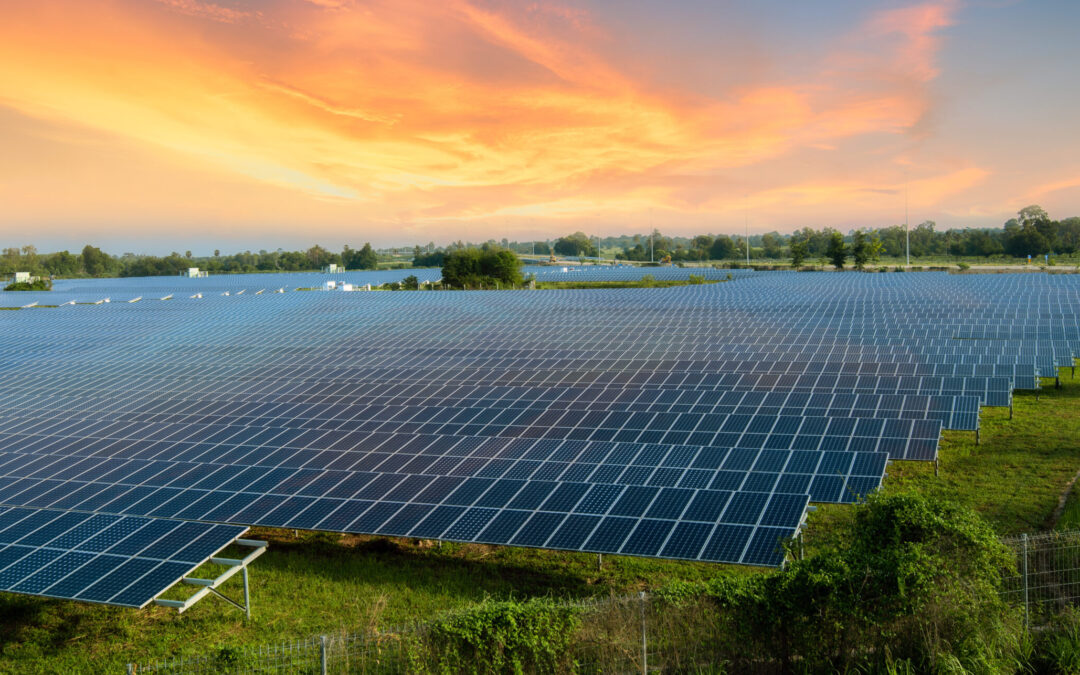Wisconsin electric providers added significantly more renewable energy content to their electricity supplies in 2022, according to a June 2023 report issued by the Public Service Commission. Overall, renewable energy accounted for 16.2% of Wisconsin electricity sales in 2022, increasing more than two percentage points from the 13.8% level recorded in 2021.
Renewable energy performance varied widely among individual electric providers. At the high end, Northern States Power-Wisconsin (Xcel-NSPW) reported that 44.5% of the electricity it sold in 2022 came from renewable energy sources (see Table 1). Though making up only 10% of Wisconsin electricity sales, Xcel-NSPW accounts for nearly 27% of the state’s total renewable electricity supply. Most of the utility’s added renewable energy supplies came from wind power projects in Minnesota and the Dakotas.
Wisconsin Power and Light (Alliant-WPL) also posted healthy gains in 2022, rising from 20.2% in 2021 to 24% last year. Indeed, of the 11.3 million megawatt-hours (MWh) of renewable energy sold in Wisconsin in 2022, about one-half of that total (5.7 million MWh) flowed through either Xcel-NSPW or Alliant-WPL to their customers.
Under the state’s Renewable Portfolio Standard (RPS), electric providers must track their renewable energy sales from the previous year and provide those results to the Public Service Commission. The 2022 results are retrievable from the Commission staff memo issued in Docket 5-RF-2022, specifically Appendices D and E of PSC REF#: 470111. These annual reports also compile renewable electricity provided through utility renewable energy tariffs, such as community solar offerings.
The PSC’s RPS reports break down aggregate renewable power totals by resource and state of origin. Imports from other states accounted for nearly two-thirds of total renewable electricity sales (64% vs. 36%). In 2022, wind projects generated 74% of the renewable electricity sold in Wisconsin, followed by hydro (14%), solar (7%), and biomass (4%). Moving in with greater granularity, wind power originating from out-of-state sources accounted for 59% of total renewable energy sales, followed by in-state wind (15%), in-state hydro (10%, and in-state solar (6%).
The percentage of out-of-state wind generation relative to total renewable electricity sales has increased dramatically since 2017, rising from 48% to 59%.
Tracking individual utility performance
In the wake of utility commitments to substantially reduce carbon emissions by 2030 and reach net zero emissions by 2050, these compliance reports take on added importance in tracking electricity provider progress in meeting their goals. Table 1 below shows that while some utilities, such as Xcel-NSPW and Alliant-WPL, have responded quickly to the challenge, others, such as We Energies, have made little headway. As documented by these annual reports, the volume of renewable MWh sold to We Energies customers has declined since 2017.
Bear in mind that We Energies, the state’s largest electric utility, accounts for about one-third of total electric sales in Wisconsin (23.5 million MWh out of 69.9 million MWh). Of that total, only 1.46 million MWh, or 6.2%, were generated from renewable resources. While We Energies derives a significant portion of its electricity supply from the Point Beach Nuclear power plant (8.7 million MWh in 2022), it will be no small undertaking to acquire solar capacity quickly enough to overcome the lackluster results of recent years.
We Energies owns approximately 30 MW of the 1,000 MW of solar generating capacity presently operating in Wisconsin. Though its first two major solar investments—Badger Hollow 2 (50 MW) and Paris (150 MW)—are expected to commence operations in the fourth quarter of this year, their output won’t deliver a noticeable boost to We Energies’ renewable energy content until 2024, which will be reflected in the Commission’s 2025 RPS report. We Energies’ share of Badger Hollow 2 and Paris should generate 400,000 MWh/year, equivalent to 1.7% of We Energies’ 2022 sales.
We Energies will need to greatly accelerate the pace of their generation transition to become 20% renewably powered by 2030, effectively tripling the 1.46 million MWh recorded in 2022.
In contrast, 69% of the electricity supplies serving Xcel Energy’s Upper Midwest territory came from carbon-free sources in 2022, according to its corporate sustainability report. (Note: the 69% number includes output from Xcel Energy’s two nuclear power units in Minnesota). By 2030, the percentage of carbon-free generation is expected to rise to 81%. The report also states that, by 2029, coal generation will no longer supply Xcel’s Upper Midwest territory, including NSPW.
This spring, Xcel-NSPW committed to purchasing the output from the Apple River solar farm in Polk County, adding 100 MW of solar power and 100 MW of storage capacity to its generation portfolio. Developed by National Grid Renewables, Apple River should be online sometime in 2025.
And by July 2024, Alliant-WPL will have completed and placed in service close to 1,100 MW of solar generating capacity in Wisconsin, which will account for 20% of that utility’s sales in the Badger State.

